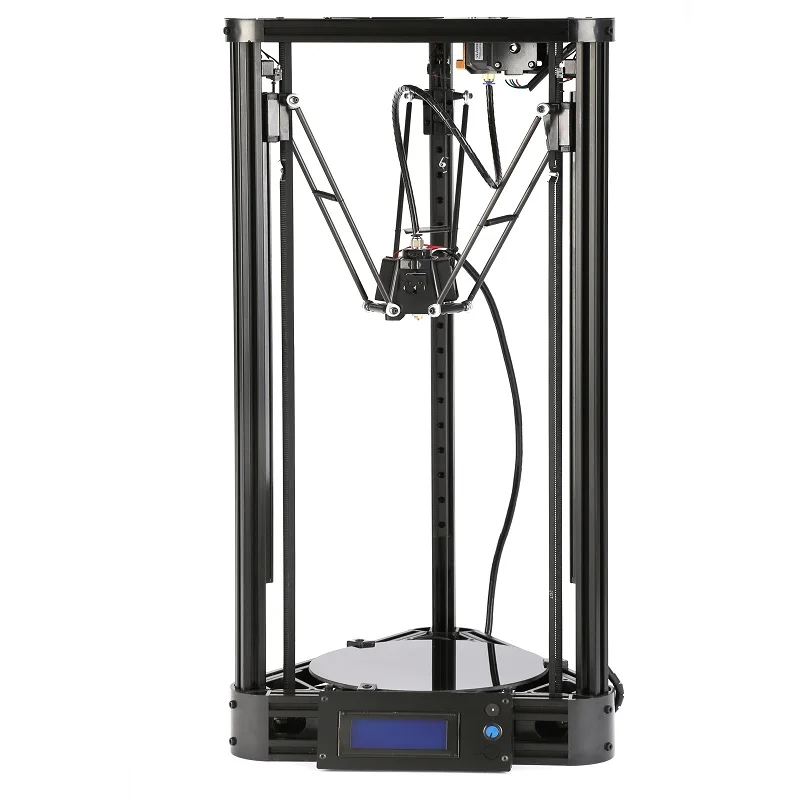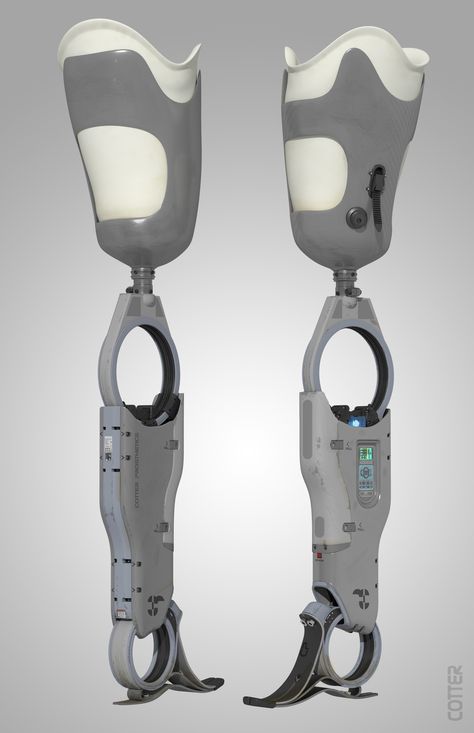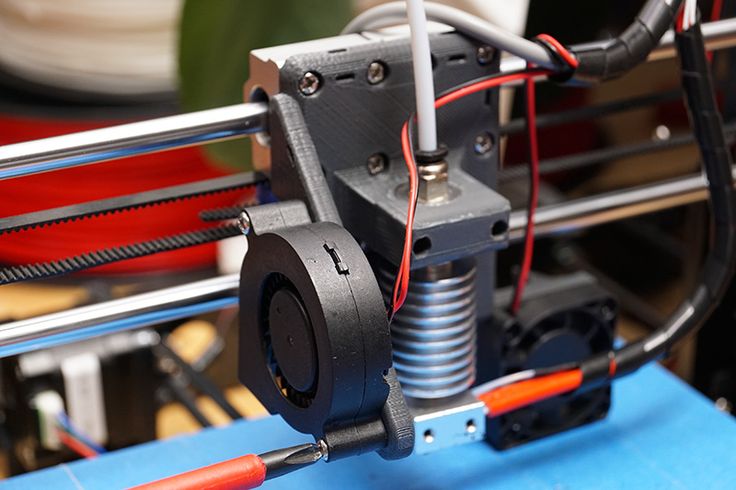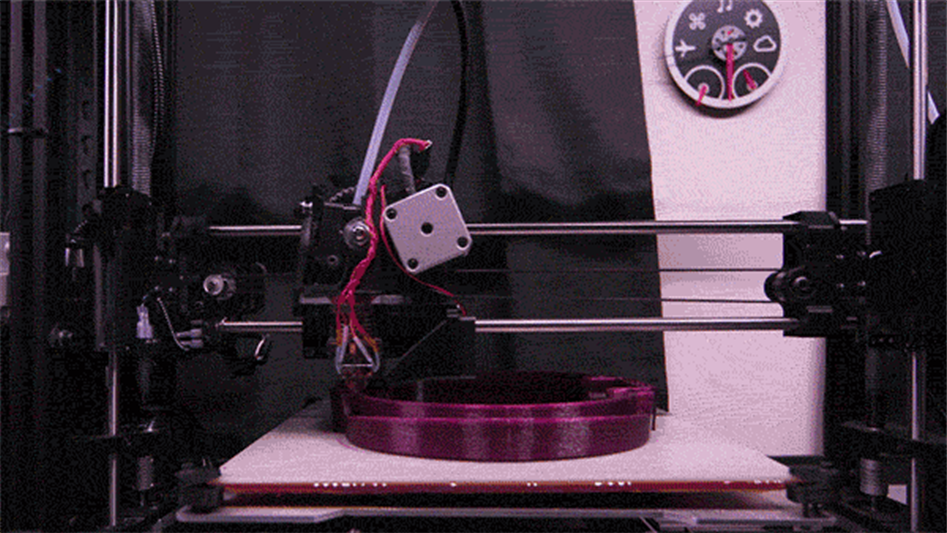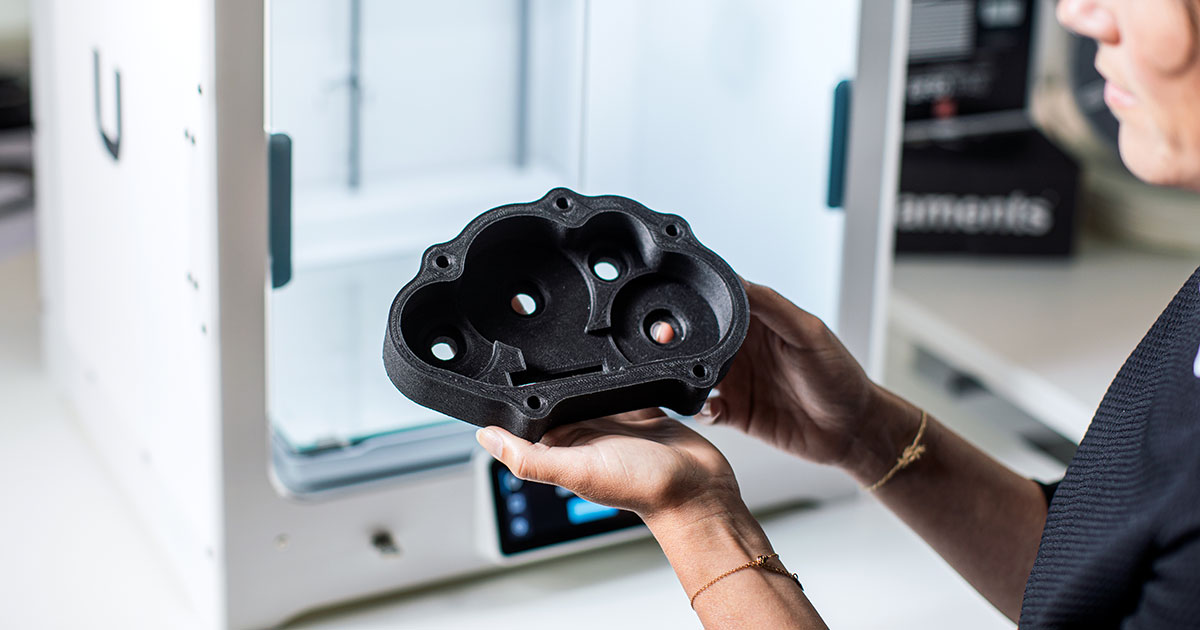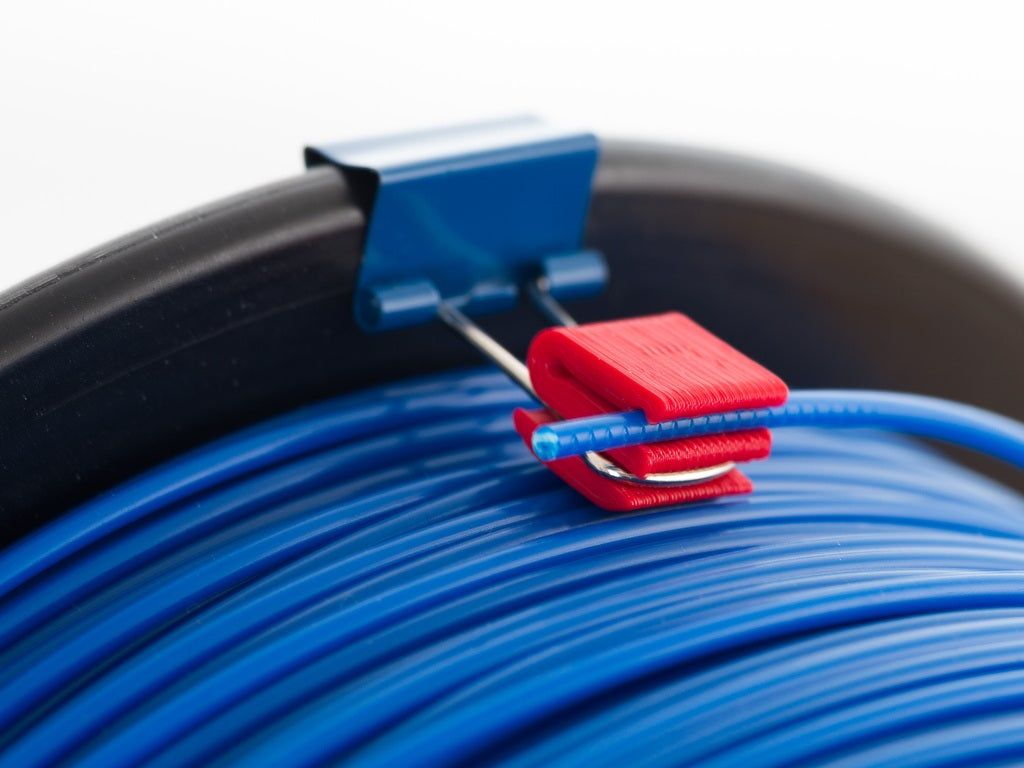How do you 3d print titanium
Titanium Material for 3D Printing: 3D Printing Metal
Make the most of metal 3D printing with our Titanium 6AI-4V and create lightweight parts with great mechanical properties. Here are all information, tricks, know-how, and advice to help you print your 3D model in our Titanium 6AI-4V metal material.
Colors
Characteristics
Surface Look
Details
Strength
Flexibility
Titanium 6AI-4V Material Guide
Overview
Design Guide
Technical Specifications
What is Titanium AI-4V?
3D objects printed using Sculpteo’s Titanium 6AI-4V are created from a fine metal powder composed mainly of Titanium (88-90%), Aluminum (5. 50-6.5%) and Vanadium (3.50-4.50%).
This is grade 5, 6Al-4V Titanium. Titanium-based alloys are very hard and highly resistant to oxidation and acid. The melting point is extremely high (1660° C or 3260° F). It also has a very low toxicity, which means it can be used in many ways.
3D printing with titanium is very precise thanks to the resolution of the laser and the thinness of each layer of powder (30 to 40 µm). With a density of 4.41g/cm3 the material is lightweight but has excellent mechanical characteristics.
The printed parts have a matte and slightly rough surface. It is possible to get smooth and shiny surfaces after printing by using finishing steps. Compared to the other 3D printing materials, titanium has an average surface roughness.
What can you do with Titanium AI-4V?
Additive manufacturing of titanium parts is often most successful in projects where 3D printing is fully justified because it is the best production method, compared to other manufacturing techniques (casting, machining, cutting).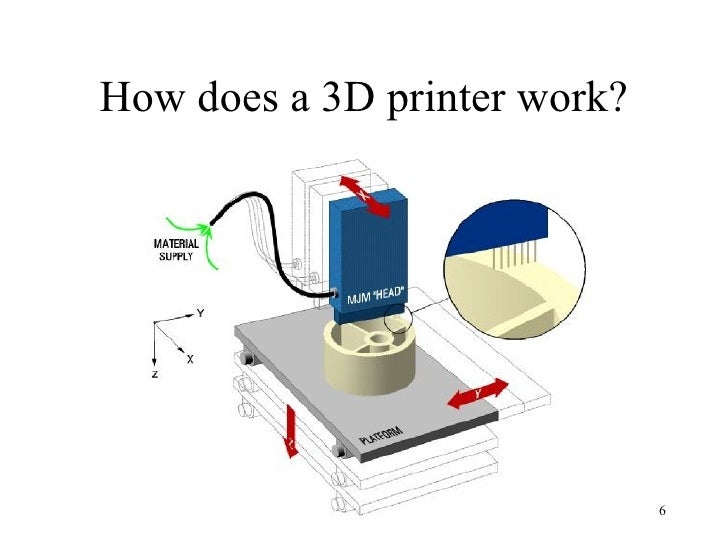 We note that 3D printing is often advantageous for:
We note that 3D printing is often advantageous for:
- Complex design/wireframe geometries/non-demountable mechanism
- Speed, reduced assembly time
- Topology optimization/weight reduction
- Short runs
- Mass customization
- Remote production
To successfully manufacture your part, it is often necessary to modify the original design. At the risk of repeating ourselves, we prefer to warn you: if you want to create a part in titanium out of curiosity or for fun, you risk being disillusioned when you realize how much effort is involved in achieving it!
Our 3D printed titanium is perfect for precision parts, requiring very thin walls. The grade 5 6Al-4V titanium is suitable for prototypes and functional parts in the aerospace and automotive fields and for military applications (see datasheet). It is also an excellent material for the manufacture of parts with complex geometry or production tooling and injection molding.
Pricing and delivery
The printing price of your design is calculated automatically the moment it is uploaded. As you modify your object (changing material, finishing, size, using batch control or hollowing feature, etc.) you will note that the price changes automatically. The pricing is based on a series of factors, including total volume, object size, and bounding box – to name a few.
As you modify your object (changing material, finishing, size, using batch control or hollowing feature, etc.) you will note that the price changes automatically. The pricing is based on a series of factors, including total volume, object size, and bounding box – to name a few.
Keep in mind that adding finishing will extend the processing time. The estimated shipping time is also calculated automatically as the object is uploaded and each time you make a modification on it. Delivery time should be added to processing time.
For more information, check our pricing page.
What is the 3D printing process for our Titanium AI-4V?
3D printing of titanium is carried out by laser fusion; there are currently two technologies: DMLS and SLM. At Sculpteo, we use DMLS (Direct Metal Laser Sintering) on EOS M280 and M290 machines to print titanium. In these two techniques, the laser beam locally brings the metal powder to its melting point, to create your object layer after layer.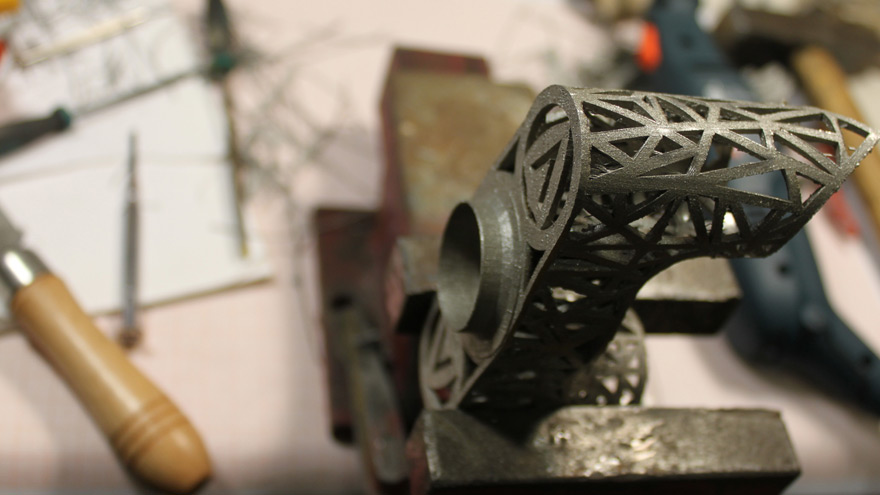
As titanium is fused at more than 1600° C, metal additive manufacturing requires great technical expertise for the pre-study of the thermal and mechanical effects before the 3D print, and excellent knowledge of the finishing techniques for the completion of the object.
Printing resolution
Size limitations
Minimum thickness and geometry
Etching & embossing
Enclosed & interlocking volumes
Minimum spacing and clearances
Piece assembly restrictions
Hollowing
Files with multiple objects
Multiple objects and clusters
| Standard layer thickness | 60 µm |
| Accuracy | ±0.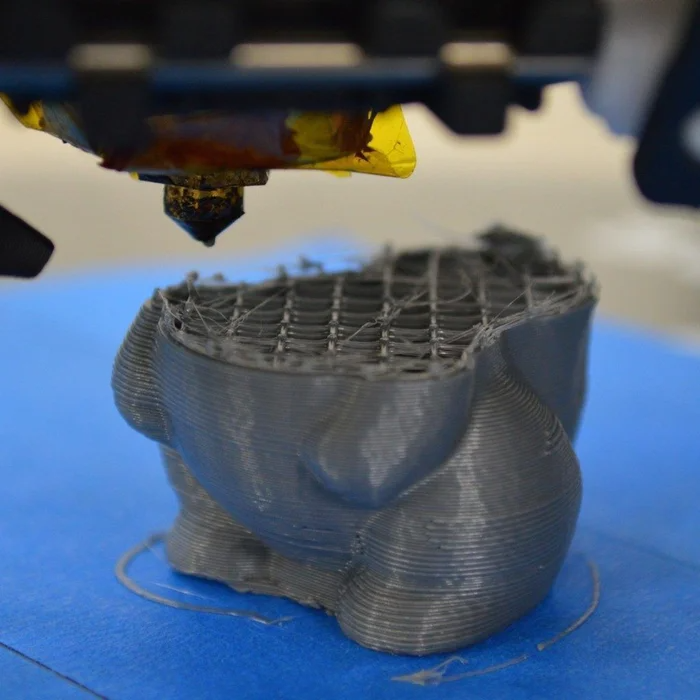 2mm 2mm |
| Maximum size raw | 220 x 220 x 250 mm |
| Minimum wall thickness | 1 mm |
| Minimum thickness particular design aspects | 1 mm |
The walls of your design must adhere to a minimum thickness of 2 mm in order to guarantee the structure will not break. If the walls of your model are less 2 mm, we recommend you to thicken them or add a support structure to maintain stability.
To ensure the solidity of an object, a minimum thickness of 2 mm is recommended.
It is also important to keep in mind that the object is to be printed in a physical form. Thus if a thin aspect is supporting something that is too heavy for it, it may break- even though it is possible with the physics provided within the 3D printing program. We recommend adding a bit of thickness to the places that will get a lot of handling, or that support the most weight.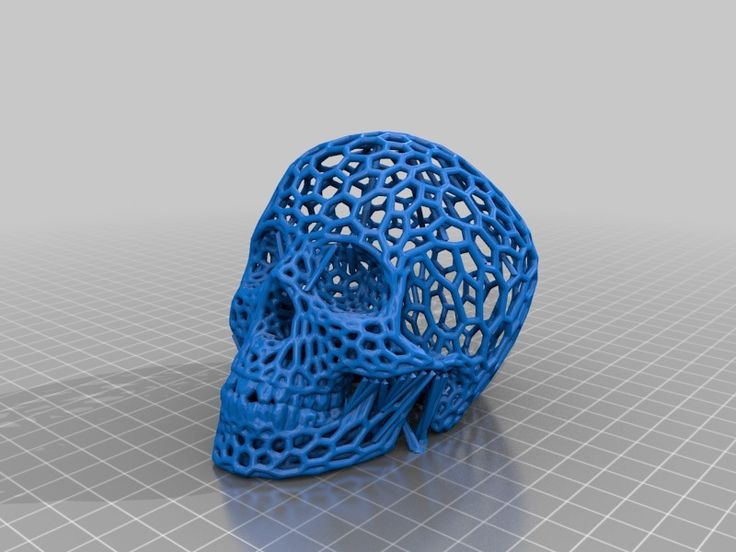
| Minimum size of details | 1 mm |
| Minimum height and width details | Embossed: 0.5 mm Engraved: 0.5 mm |
| Minimum height and width for a readable text | 1 mm |
| Enlargement ratio | 1/1 |
A detail’s minimum precision is mainly determined by the resolution of our printers. However, during the cleaning process, a fine layer of detail can also be lost. In order for a detail or a text to be visible, we highly suggest you follow our recommended sizes at the very least. To ensure a better powder removal (thus a better detail precision), the width of your details must be at least as big as depth.
| Enclosed parts? | Not recommended |
| Interlocking parts? | Not recommended |
| Minimum spacing between fixed walls | 0.2 mm |
| Minimum clearance between parts | 0.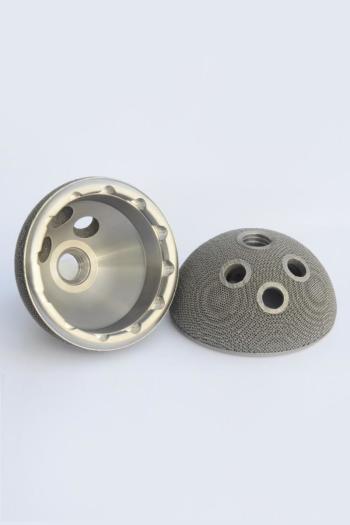 2 mm 2 mm |
For a successful 3D print a minimum clearance between objects is required to allow excess material to be sand blown out. If this space is not left within the design, the object will be a solid. This is particularly important for articulated objects – as the space left between the walls will define the object’s ability to move.
Clearance should be at least 0.2 mm and depends on the size of your object. For big sizes, the clearance should be greater. The heated zone of your object depends on the size, the larger the object the more time it will be exposed to high temperature: if the space left between the walls is too small, it will be weld because of heat spreading. In some cases, holes should be added to allow us to drain for the excess powder material within the clearance.
| Assembly? | No |
| Hollowing? | No |
| Files with Multiple Objects ? | No |
This is not possible to 3D print a 3D file containing several objects with Titanium.
It is not possible to print a 3D file containing several objects, that’s why we cannot accept files that contain clusters of multiple objects. Though, if you wish to purchase more than one identical parts, you can select the number of parts you want to order during the checkout. The more parts you order, the lower your price per part gets.
You can also use our online tools and see our tricks and tips on how to reduce your 3D printing price.
To get more information on your metal additive manufacturing service, you can contact our qualified sales team.
Mechanical Properties
Documentation
| Mechanical Properties | Conditions | Unit | Value |
|---|---|---|---|
| Ingredients | – | % | Titanium: 88- 100 Aluminum: 5. 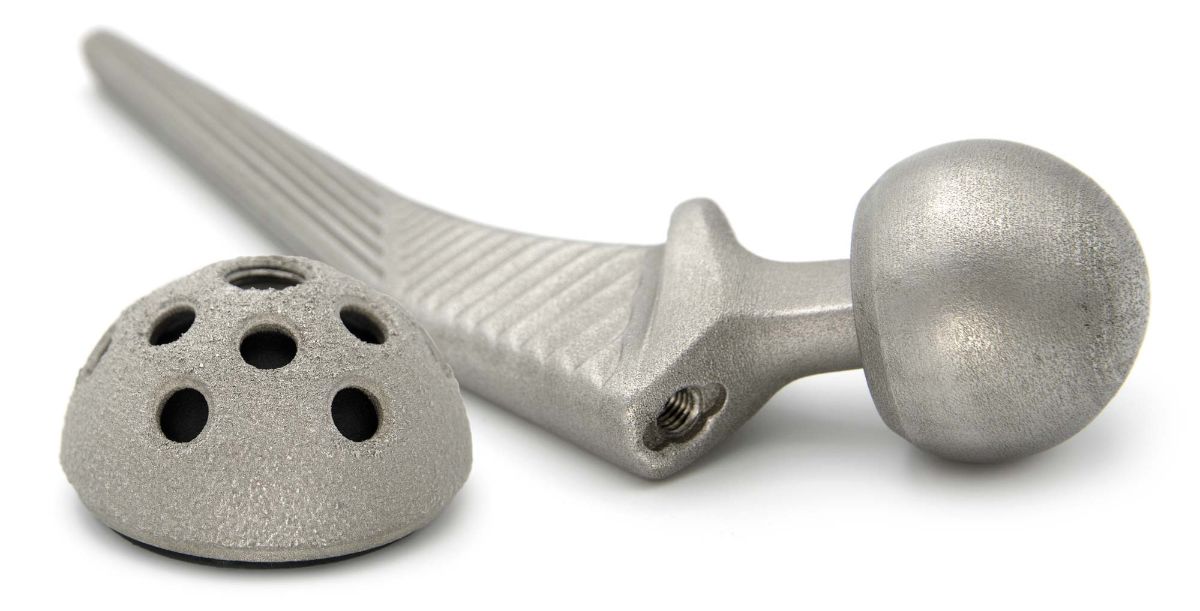 5- 6.5 5- 6.5Vanadium: 3.5- 4.5 |
| Density of laser-sintered part | EOS-Method | g/cm3 | 4.41 |
| Tensile strength | – | MPa | 1290 ± 80 |
| Elongation at break | – | % | 8 ± 4 |
| Melting point | – | °C | 1660 |
| Tensile Modulus | – | GPa | 111 |
| Biocompatibility | – | – | Yes |
- Safety Datasheet
- EOS Datasheet
Related blog posts:
Ready to 3D print with Titanium 6AI-4V?
With Sculpteo’s online 3D printing service you’re just a few clicks away from professional Titanium 6AI-4V 3D printing. Your 3D model is printed with the highest quality and delivered straight to your door.
Get started now!
How, When, Why: A Guide to 3D Printing with Titanium - 3DPrint.com
3D printing with metals has been around for a few years now, but as the technology and software that run 3D printers drop in price, it is starting to be adopted by a rapidly increasing number of industries. One of the most desired industrial quality metals is titanium, a low density, high strength metal that is highly resistant to corrosion and has a very high melting point. This makes the material ideally suited for a number of industries, including aerospace, automotive, military applications, medical prostheses, orthopedic implants, dental implants and even jewelry. And now that titanium can be 3D printed it is in more demand than ever before. The Titanium Processing Center is a Michigan-based titanium distributor that sells the material in a wide variety of forms, including bars, rods, tubes, plate and of course 3D printing powders.
One of the most desired industrial quality metals is titanium, a low density, high strength metal that is highly resistant to corrosion and has a very high melting point. This makes the material ideally suited for a number of industries, including aerospace, automotive, military applications, medical prostheses, orthopedic implants, dental implants and even jewelry. And now that titanium can be 3D printed it is in more demand than ever before. The Titanium Processing Center is a Michigan-based titanium distributor that sells the material in a wide variety of forms, including bars, rods, tubes, plate and of course 3D printing powders.
In order to keep their customers informed, and to help educate the public about what metals can be 3D printed, the Titanium Processing Center produced a helpful infographic called 3D Printing with Titanium. The infographic does a great job laying out what can be produced, when it should be used and why it is in such high demand. But there is only so much information that can be included in an infographic without overwhelming the reader or simply turning it into a comic book. Since there is still more to learn about 3D printing with titanium, it will help us to take a closer look at the material and its capabilities.
Since there is still more to learn about 3D printing with titanium, it will help us to take a closer look at the material and its capabilities.
3D printed titanium medical implant.
Titanium is the strongest material that can currently be used in 3D printing, not to mention that it is the lightest metal as well. Traditionally, when products are manufactured from titanium they need to be tooled with a CNC mill, or poured into a mold. But because 3D printing allows for virtually unlimited complexity it is actually quite cost effective to use additive manufacturing to produce products. 3D printed titanium is primarily used in the aerospace, dental and medical fields, specifically for medical implants due to its non-toxicity, high strength and resistance to corrosion. Current metal 3D printing technology allows titanium parts to be printed down to 0.25 mm layers with a minimum wall thickness as small as 0.4 mm.
Raw titanium 3D printing powder
3D printed titanium is typically made on a powder bed metal 3D printer that uses a process called direct metal laser sintering (DMLS).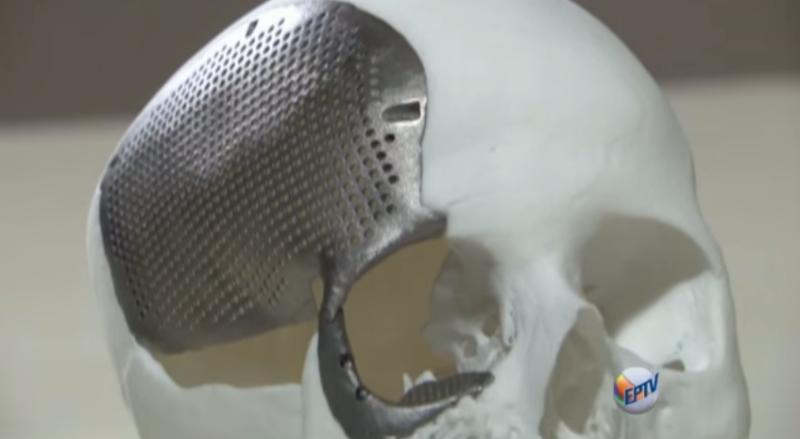 An arm spreads a thin layer of extremely fine titanium powder down into the printing bed while a powerful carbon dioxide laser is used to melt the powder and fuse the titanium together. The process is similar to a 2D printer that moves the printing head over the paper and deposits the ink, only with a DMLS printer the laser replaces the inkjet. This metal 3D printing process can typically melt together titanium in layers of about 20 to 40 µm.
An arm spreads a thin layer of extremely fine titanium powder down into the printing bed while a powerful carbon dioxide laser is used to melt the powder and fuse the titanium together. The process is similar to a 2D printer that moves the printing head over the paper and deposits the ink, only with a DMLS printer the laser replaces the inkjet. This metal 3D printing process can typically melt together titanium in layers of about 20 to 40 µm.
The resulting 3D printed parts will not have the typical shiny, chrome-like finish that is often associated with titanium. Because the printer is producing a completely unpolished piece of raw metal, instead the parts will have a dull gray finish. Any parts can be polished manually to produce the desired finish that looks almost identical to any traditionally manufactured parts. There will also be a noticeable striation on any raw, 3D printed parts where each layer was melted together. However, modern 3D printing software can often optimize the angle that parts are printed at both to avoid striation, and to produce stronger parts.
3D printed titanium bike.
3D printed compressor blades.
Not everything can be 3D printed in titanium, however — at least not yet. Because it cannot be joined together the way that steel can there are size limitations to what titanium objects are suitable to be 3D printed. Something like the individual parts for a bicycle frame, a knee replacement, a cell phone case or a valve for an engine are all easily fabricated — although large components that need to be made as a single part wouldn’t be a good idea. Nor would any objects that have multiple angular shapes or edges due to the powder bed process being unable to prevent some striation to remain after the sintering process.
For many applications 3D printing titanium has some very clear and obvious benefits. Because titanium is one of the strongest metals available, 3D printing it into shapes that are impossible with traditional manufacturing and fabrication methods offers industrial designers a whole new set of design limitations that are considerably less restrictive, and the ability to create prototypes quickly and at a much lower cost.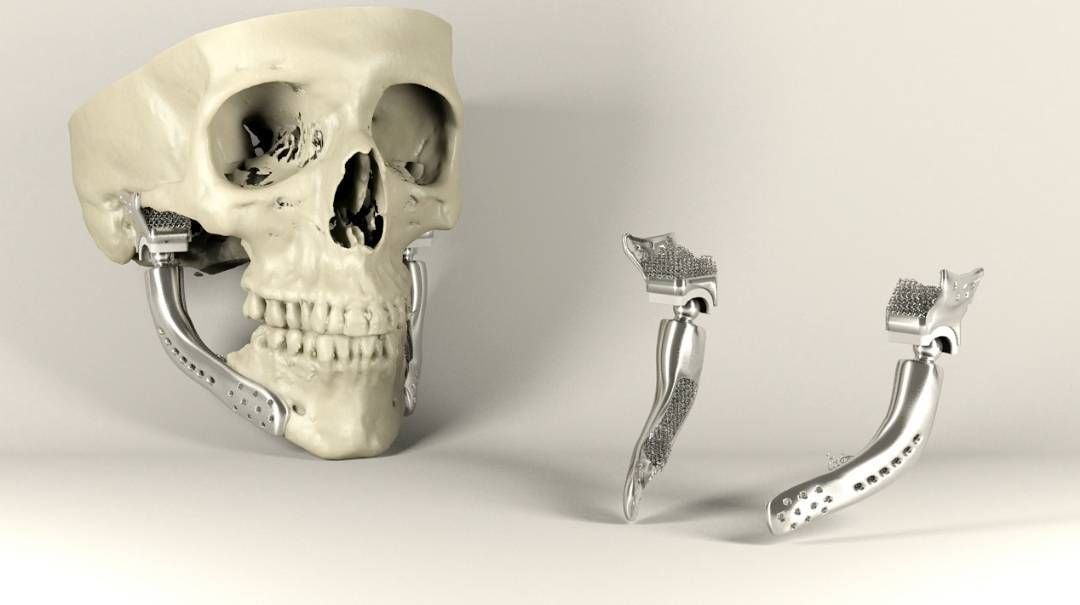 This means that they can produce superior products that have gone through several more design cycles to work out any potential design bugs. 3D printing can also produce end-use products or a small run of identical objects. It also allows manufacturers to offer titanium products that can be customized at no additional production cost.
This means that they can produce superior products that have gone through several more design cycles to work out any potential design bugs. 3D printing can also produce end-use products or a small run of identical objects. It also allows manufacturers to offer titanium products that can be customized at no additional production cost.
You can find out more about the benefits of 3D printing titanium parts and products over on the Titanium Processing Center website. Let’s hear your thoughts on this guide in the 3D Printing With Titanium forum thread on 3DPB.com.
Stay up-to-date on all the latest news from the 3D printing industry and receive information and offers from third party vendors.
Tagged with: 3d printed titanium • 3d printed titanium implant • 3d printing guide • 3D printing titanium • Direct Metal Laser Sintering • DMLS • titanium • titanium 3d printed medical implants • titanium 3d printing • titanium bicycle • Titanium Processing Center
Please enable JavaScript to view the comments powered by Disqus.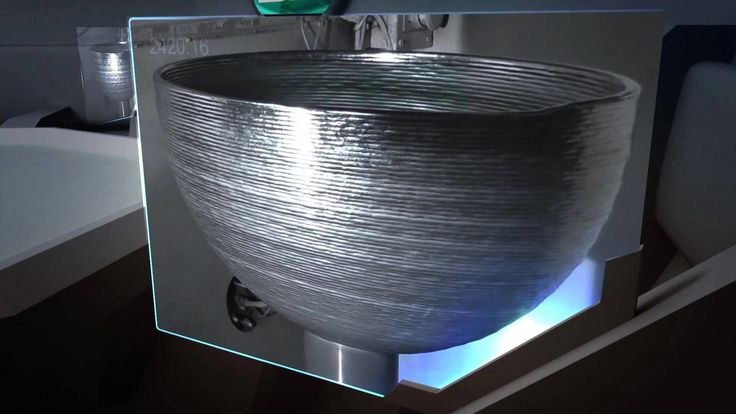
production features and examples of parts
3D basics
Aerospace industry
Automotive industry
Medicine
Experts recommend
Author: Victor Naumov
Author: 0 Victor Naumov 90
Classification and groups of titanium alloys | Application of Ti6Al4V in additive manufacturing | Bugatti optimizes Bolide hypercar with bionic design and titanium 3D printing | Bracket for aircraft has become one third lighter | Thanks to the titanium prosthesis, the patient was able to return to normal life nine0003
Among the materials used in metal 3D printing, titanium and its alloys, especially Ti6Al4V, occupy a special place. Titanium is a metal that exists in nature in the form of oxides. The most common are rutile (TiO2) and ilmenite (FeTiO3). Pure titanium is produced by the Kroll method.
Without going into details, the process is as follows. First, titanium tetrachloride (TiCl4) is obtained by chlorination in the presence of carbon monoxide at 1000 °C.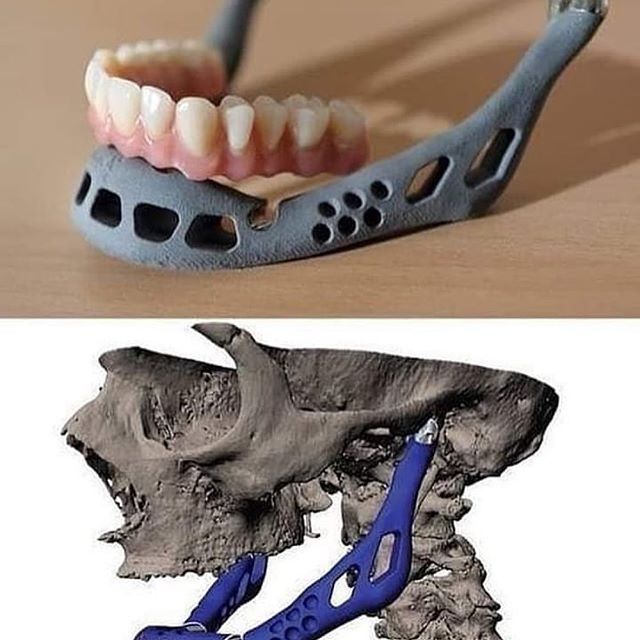 After that, using magnesium or sodium, carbon monoxide is removed in an inert atmosphere at 800–850 °C. The result is pure titanium. Absolutely pure titanium is difficult to obtain due to its high reactivity, therefore samples with a purity of 9 are accepted on the market for it.9.9%. For this reason, titanium is mainly used in the form of an alloy with other elements.
After that, using magnesium or sodium, carbon monoxide is removed in an inert atmosphere at 800–850 °C. The result is pure titanium. Absolutely pure titanium is difficult to obtain due to its high reactivity, therefore samples with a purity of 9 are accepted on the market for it.9.9%. For this reason, titanium is mainly used in the form of an alloy with other elements.
Read more about additive manufacturing projects for Bugatti cars in the article
The main physical and chemical properties of this metal are high mechanical strength, low density and high corrosion resistance. For this reason, titanium and its alloys are attractive materials for various industries, including the aviation industry and medicine. The only significant disadvantage of titanium is its high cost. Due to the properties of its alloys, this material has great potential for the production of parts and elements in an additive way. nine0003
Due to the properties of its alloys, this material has great potential for the production of parts and elements in an additive way. nine0003
Can 3D printing help you optimize production in your organization? Order a free consultation from iQB Technologies experts!
Classification and groups of titanium alloys
Depending on the microstructure and phase composition, titanium alloys are divided into three groups: α, α + β, and β. What is microstructure and phase? Microstructure - the structure of the material, distinguishable under an optical or electron microscope. It can be used to determine the size, shape and orientation of individual crystals and granules that make up the material. It also largely determines its physicochemical properties. A phase, on the contrary, is a section of a material with the same physical and chemical properties. Each phase differs from the others in its microstructure and/or composition. Both of these characteristics depend on the rate at which the material cools from a liquid to a solid state, as well as on the application of heat treatment.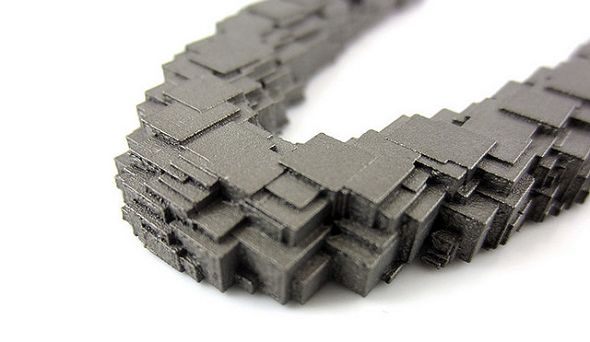 nine0003
nine0003
Alloys are divided into groups depending on the elements included in their composition in addition to titanium. In alloys of the α group, α-stabilizers (aluminum, carbon, oxygen, nitrogen) predominate. Compared to other titanium alloys, these alloys have relatively low mechanical properties and high corrosion resistance. The most widely used of this group are Ti3Al2.5V and Ti5Al2.5V.
Group β alloys were developed to improve the mechanical properties of the material. They include β-stabilizers (iron, molybdenum, vanadium). These alloys include, among others, Ti10.2.3, Ti555.3 and Ti17. nine0003
Finally, there are alloys of the α + β group. They are the best studied and contain stabilizers of both groups, resulting in a mixed microstructure and a good set of properties. The most widely used Ti6Al4V. Due to the optimal ratio between mechanical strength, ductility, fatigue resistance and crack resistance, its share is 56% of the entire titanium alloy market.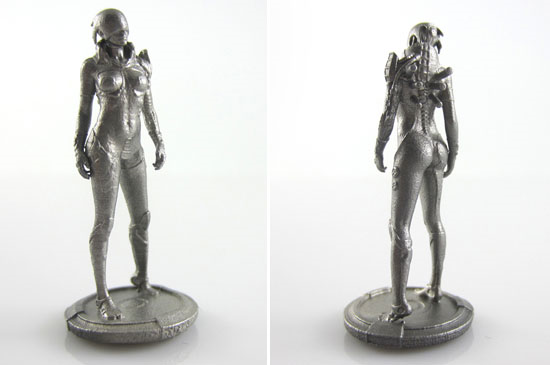 Depending on the group, the alloys market is divided in the following proportions: 26% (α), 4% (β) and 70% (α + β). nine0003
Depending on the group, the alloys market is divided in the following proportions: 26% (α), 4% (β) and 70% (α + β). nine0003
On the left is the equiaxed microstructure of the Ti6Al4V alloy (without heat treatment). On the right is a diagram of the phase composition of the Ti6Al4V alloy © 3dnatives.com
iQB Technologies Experts Recommend Article: Metal 3D Printing: Short Answers to Big Questions
Application of Ti6Al4V in additive manufacturing
Taking the market as a whole, Ti6Al4V alloy is the most widely used in 3D printing because of its high strength, low density, high corrosion resistance, and high biocompatibility. This set of properties makes it a valuable material in industries such as automotive, aerospace, medicine and biomedicine, dentistry, chemicals, defense and other areas. nine0003
Before starting 3D printing using Ti6Al4V, the alloy must be powdered. This is done using two main technologies: plasma and gas atomization.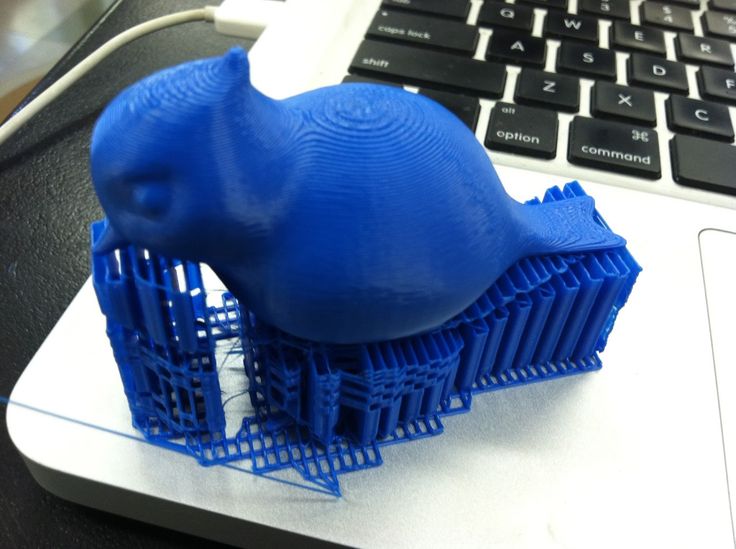
Plasma atomization is used to produce highly pure metal powder (Ti6Al4V). The alloy in the form of a rod is fed into the atomizer tank and melted under the influence of the plasma torch. As it falls, the molten metal solidifies into spherical particles.
nine0002 © 3dnatives.comThe most commonly used technology is gas atomization. The molten material is fed into the nozzle and atomized with an inert gas (argon or nitrogen). In the gas flow, the molten material solidifies and disintegrates into spherical particles, which accumulate at the bottom of the chamber.
See also: Russian manufacturer of SLM machines dispels myths about technology
The choice of technology for the production of metal powder (in this case, Ti6Al4V) is extremely important. The particle size and properties of the powder depend on it, which, in turn, determines the characteristics of the final product. There are three industrial Ti6Al4V alloys on the market today: nine0003
-
TC4 conforming to GB/T 3620.
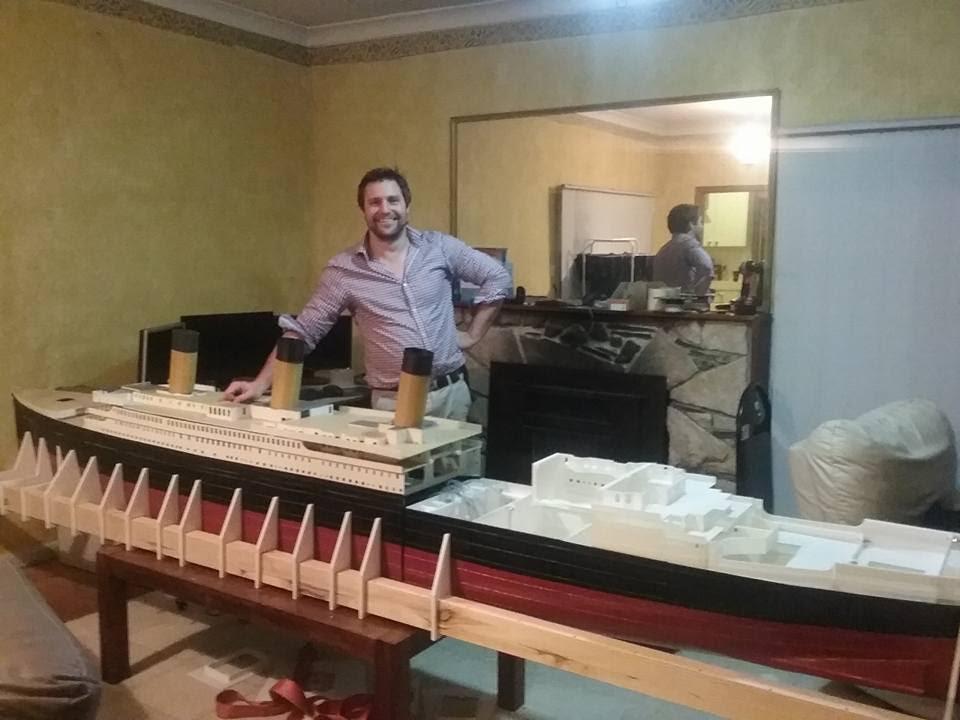 1-2017;
1-2017; -
Ti6Al4V class 5;
-
Ti6Al4V Grade 23 conforming to ASTM B348-13.
They differ from each other in particle size, which limits the minimum thickness of the printed layer. Most often, 3D printing using Ti6Al4V is carried out using DMLS or SLM technology. The choice of technology depends on the type of part and the desired characteristics. nine0003
Source: 3dnatives.com
Bugatti optimizes Bolide hypercar with bionic design and 3D printed titanium
© bugatti.com
Luxury car manufacturer Bugatti has been using additive technologies for years. New advances in 3D printing have been applied to the development of the Bolide hypercar, unveiled in October 2020. Bolide is equipped with an eight-liter W16 engine, weighs only 1240 kg and is capable of accelerating to more than 500 km/h. nine0003
Inspired by bone structure, the design team 3D-printed automotive components with a hollow structure with thin walls (up to 0. 4 mm) and small ramifications. The use of bionic design has made it possible to give the parts exceptional rigidity and at the same time significantly reduce their weight.
4 mm) and small ramifications. The use of bionic design has made it possible to give the parts exceptional rigidity and at the same time significantly reduce their weight.
Of the additively produced components for the Bugatti Bolide, the push rods stand out. Despite their light weight - only 100 g - they can withstand pressures up to 3.5 tons. nine0003
Another printed detail that Bugatti is particularly proud of is the hypercar's titanium rear fender mounting bracket. Weighing 600g, the bracket is capable of withstanding an aerodynamic downforce of up to 800kg, with a hollow design and a wall thickness of 0.7mm.
Bolide titanium rear fender mounting bracket © bugatti.com
Bugatti previously created a titanium brake caliper for the Chiron hypercar, the first to be 3D printed and the largest in automotive history. The 3D printing was done on a powerful 4-laser SLM 500 machine. The titanium caliper is about 40% lighter and at the same time stronger than the original aluminum part.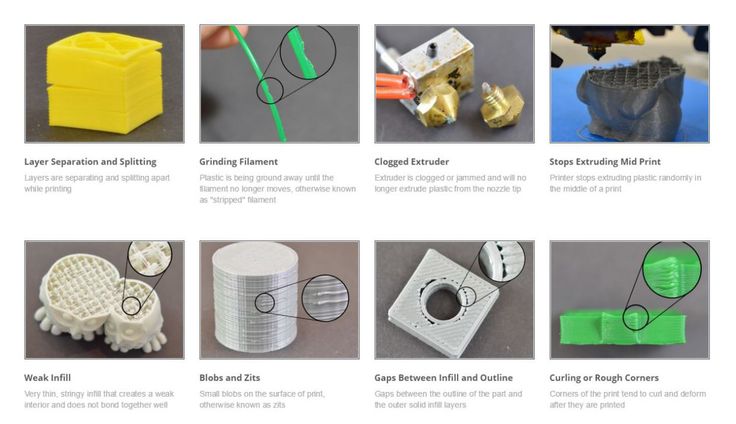 nine0003
nine0003
Read more in the article: Bugatti did the impossible in 45 hours with a 3D printer
Bracket for the aircraft has become lighter by a third
The S-bracket is an aircraft lift actuator element printed from Ti6AI4V on an SLM 280 machine by ASCO Industries. Its elegant shape is the result of strict space requirements and high stresses on the seating surfaces. The original project involved the manufacture of a high-strength stainless steel bracket and complex machining. nine0003
S-shaped bracket - an element of the actuator of the aircraft lift system
The product design has been redesigned for additive manufacturing through topological optimization. Its goal was to minimize the mass while maintaining the necessary strength to withstand the aerodynamic loads specified in the project.
Results of application of selective laser melting: nine0003
-
31% weight reduction and overall assembly time reduction;
-
combining three parts into one;
-
decrease in the material utilization factor from 17 to 1.
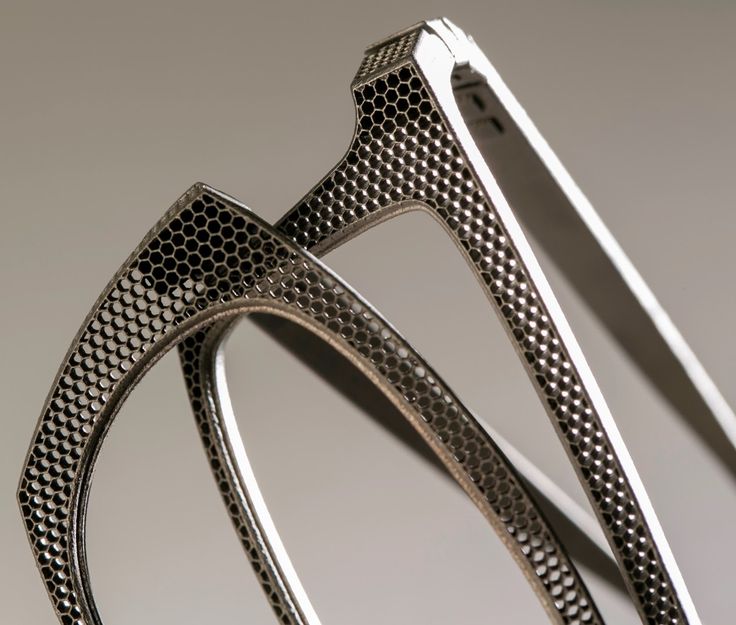 5;
5; -
significant reduction in machining time.
Read more in the article: How to reduce the weight of an aircraft structural element by a third
Thanks to the titanium prosthesis, the patient was able to return to normal life
The biocompatibility of titanium alloys (such as Ti6Al4V ELI) makes them ideal for 3D printing prosthetic bones of the maxillofacial region, intervertebral discs, clavicles, knees, shoulder blades, hips, and various implants. In dentistry, these materials are used for the manufacture of one-piece implants, as well as metal bases for crowns and bridges made of titanium, cobalt-chromium and other alloys. nine0003
An 81-year-old patient suffered from a type 3B acetabular defect according to the Paprosky classification. Previous revision reconstructions in this patient had failed due to calyx loosening and displacement to the posterior cranial region.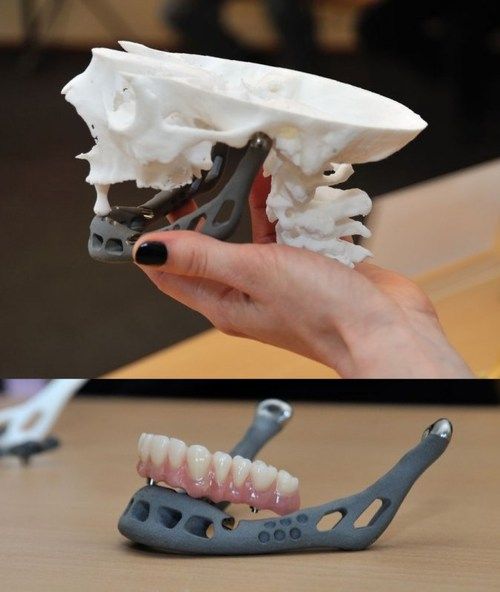
For the operation, an aMace hip joint prosthesis was designed, individually made on a 3D printer in accordance with the defect. Thanks to this, the prosthesis helped to achieve the desired degree of recovery and fixation. nine0003
aMace custom prosthesis used for surgery
The aMace prosthesis (developed by Materialize) allows you to take into account all the medical features of the patient and the complex mechanical requirements for this important moving part of the human body. The complex porous structure of the back of the product, which allows for bone ingrowth, is a feature that can be easily reproduced using 3D printing.
The prosthesis helped to restore the center of rotation to the desired location and orientation, and also provided sufficient support despite the limited amount of bone material (especially in the posterior cranial region). nine0003
So, the most important features of prostheses created using titanium 3D printing are:
-
excellent biocompatibility and ideal geometry, taking into account the individual characteristics of the patient;
-
no side effects and complications after surgery;
-
reducing the weight of the prosthesis, including due to the possibility of creating a hollow or porous structure; nine0003
-
faster to manufacture and economical solution compared to traditional methods.
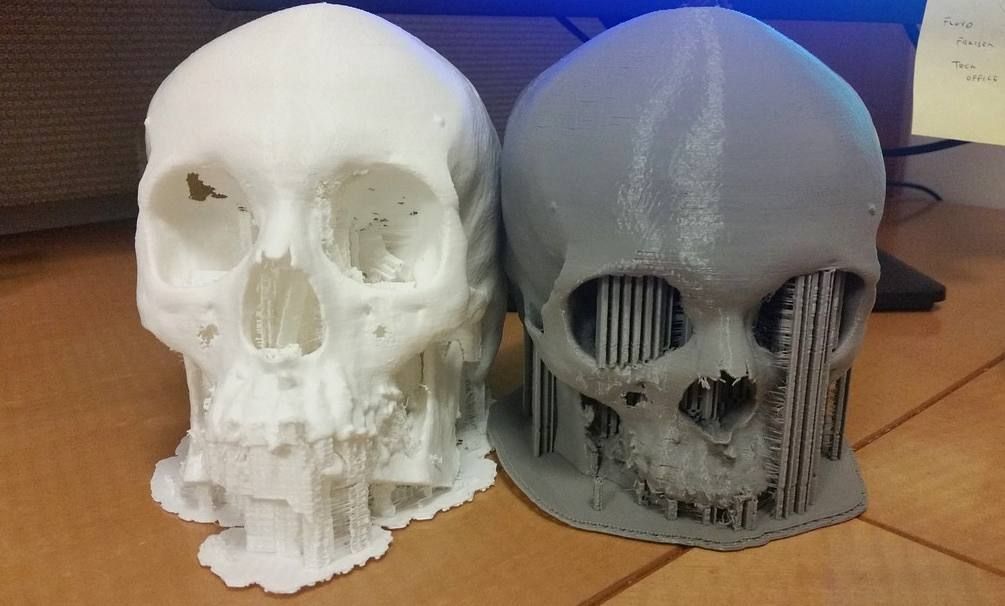
Read more in the article: 3D-printed prostheses are transforming patients' lives
Intro photo of a business jet nose landing gear printed by Safran on an SLM 800 © slm-solutions.com
nine0002 Article published on 11/26/2021, updated on 08/08/2022
Custom titanium 3D printing. Sprint 3D!
Titanium is a widely used metal for 3D printing. It is also one of the most practical, being both very wear-resistant and lightweight. 3D printing with titanium is used in various industries: medical (in particular, individual prosthetics), aerospace, space, engineering and others. The only significant disadvantage of titanium is its increased reactivity in powder form. Therefore titanium printing on the 3D printer must be performed by qualified specialists and in an inert Argon gas environment.
You can already order 3D printing with titanium in our company Sprint 3D.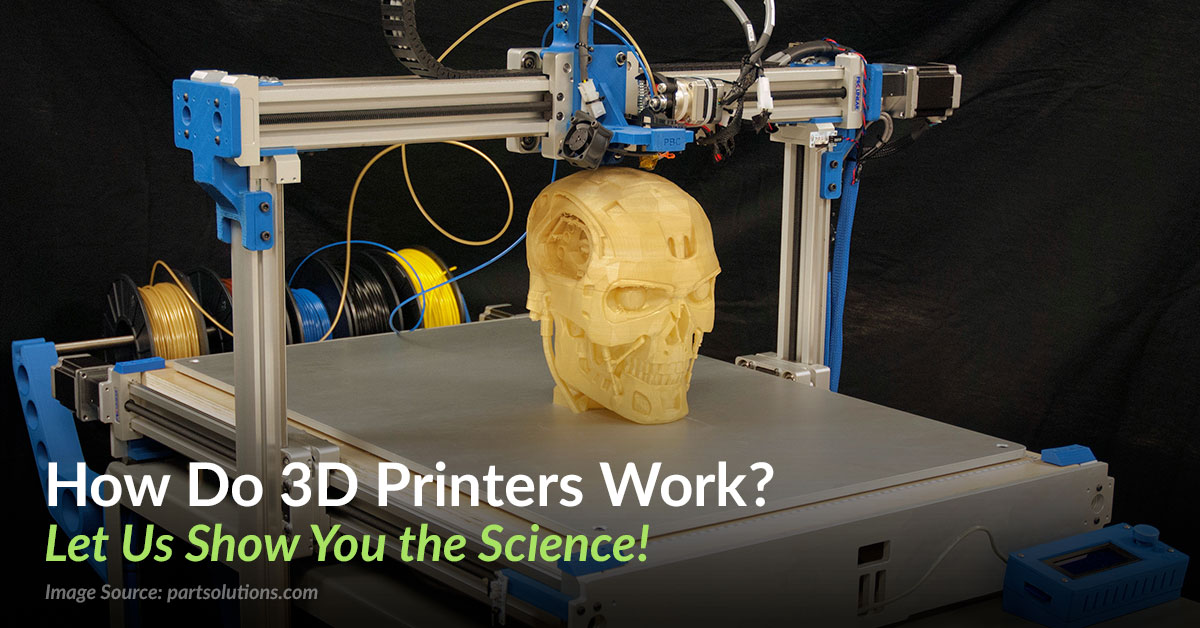 We guarantee the quality, durability of all products, meeting deadlines and a personalized approach. All details are below.
We guarantee the quality, durability of all products, meeting deadlines and a personalized approach. All details are below.
Titanium 3D printing with Sprint 3D
3D printing with our own industrial 3D printers
The largest working area-90x90x80 mm
First-grade material-titanium
Shipment the next day
CIS SIS
Principles and possibilities of 3D printing
9000 9000 9000 9000 9000 9000 9000 9000 9000 9000 For a long time, 3D printing technology was expensive and out of reach for most potential customers. Only in recent years has it and printing software become more accessible. And most importantly, they made it possible to print not only with plastics, but also with more durable materials. nine0003
Due to its low density and high resistance to mechanical and thermal influences, titanium has become one of the optimal materials for printing products in various industries.
Already now, printing with titanium on the 3D printer allows you to print structures for aerospace, automotive, military, jewelry and many other important industries. That is, even where particularly high precision in production is important.
Titanium is 3D printed according to the classical technology as follows:
1. Metal in powder form is processed by electron beam melting. This technology allows you to create the thinnest layer - less than 0.2 mm.
2. Melting takes place in a special chamber by means of a directed action of electronic emitters.
3. In the chamber, successive layers are formed until the desired dimensions and shape of the product are reached. nine0003
In some cases, titanium products are milled, but modern technology and software allow you to create products of high complexity without the need for post-processing. This reduces production time and makes it more cost-effective due to the lack of additional technologies.
Titanium printing on the 3D printer involves the use of additive manufacturing technology - direct laser sintering. Briefly, it can be divided into two stages:
1. A thin layer of titanium powder is fed onto the heating table.
2. A carbon dioxide laser fuses titanium powder particles to each other and to the previous layer.
Please note: when 3D printing with titanium, there is no traditional shine familiar to many - the details are somewhat dull and rough. However, if the characteristic titanium sheen is important to you, it can be achieved with manual processing. Polishing allows you to easily and quickly achieve the desired visual look with a bright and attractive sheen. nine0003
.
- Difficulty printing products with right angles and lines. Titanium has many features, and one of them is not perfect straight lines. But smooth shapes and rounded elements look great. Plus, they are more convenient and easier to process in the future.
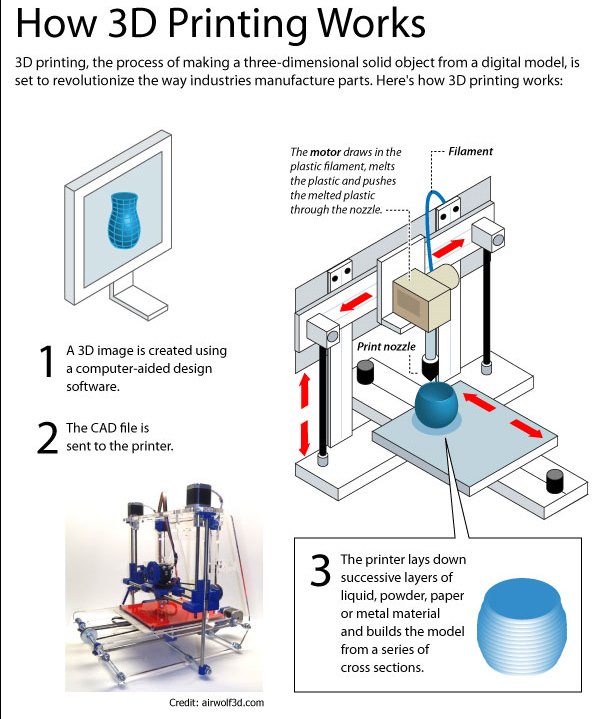 Therefore, most experts agree that the angles in titanium-printed objects should be at least 35 degrees. nine0185
Therefore, most experts agree that the angles in titanium-printed objects should be at least 35 degrees. nine0185 - Need for product support when printing. When using DMLS technology, model support is required. The product must be firmly fixed to the base. Without this, it is impossible to achieve high printing accuracy. After the printing process is completed, the support is removed.
- There are some nuances when printing small items, as well as when reproducing depressions by engraving. For example, when printing letters from titanium. If we print titanium letters, the minimum thickness is 0.4mm, and the thickness of the recesses is about 0.15mm. nine0070
There are other features of 3D printing with titanium depending on the products to be printed. We always discuss all these aspects with the client before completing the order.
Specifications of titanium
When printing with this metal, the parameters of this metal and the requirements for products based on it must be taken into account:
- The walls of the product must be no thinner than 0.
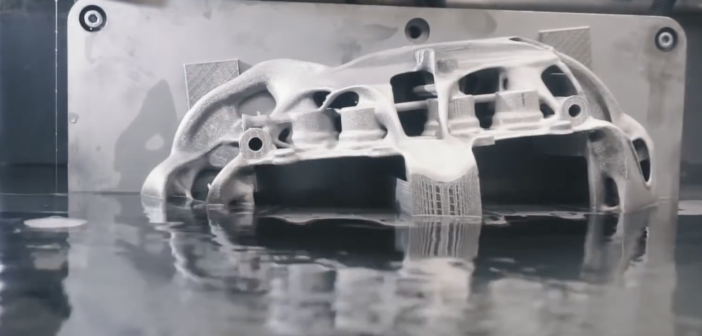
Learn more



